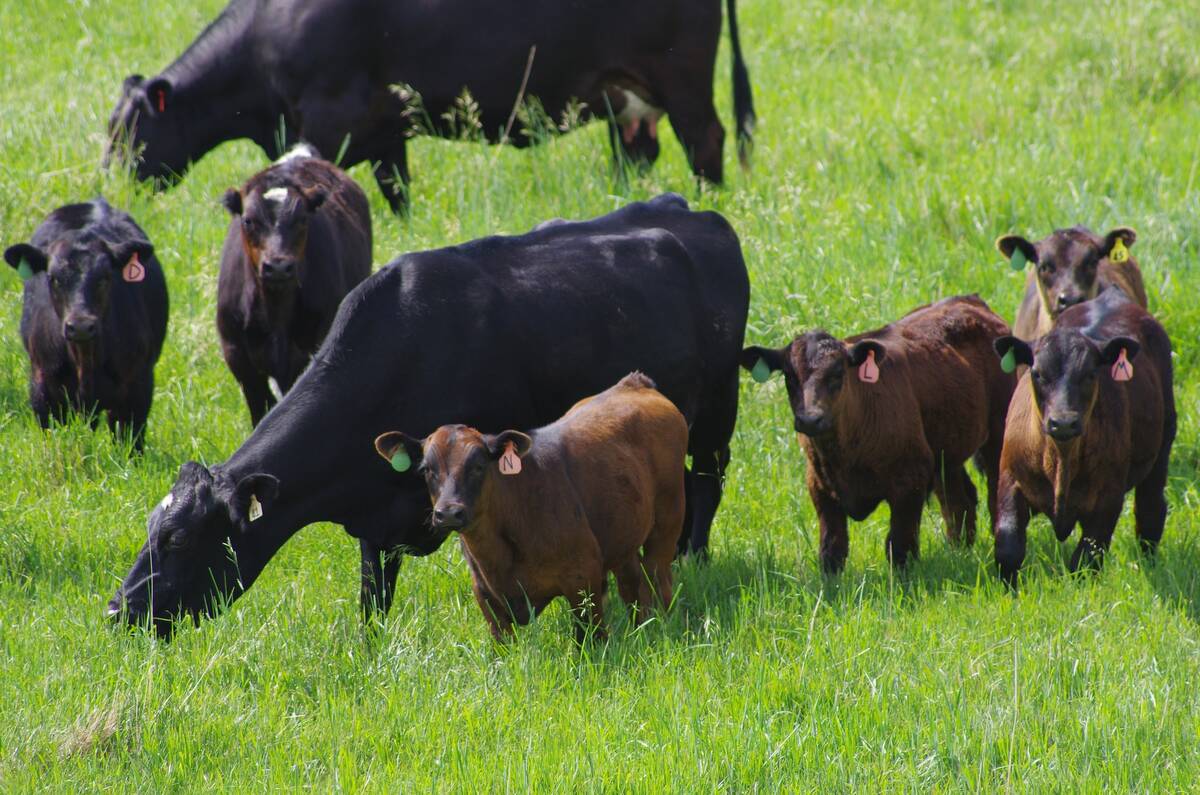WINNIPEG – So why can’t farmers continue growing the wheat variety Grandin even though it is about to lose its status as a licensed variety in Canada?
In short, they can. But then it gets complicated.
Because Grandin is visually indistinguishable from Canadian hard red spring wheats, and because its quality characteristics are outside the parameters of that class, it poses several problems for regulatory and marketing agencies.
The Canadian Wheat Board and the Canadian Grain Commission haven’t yet decided how to handle it. That indecision is preventing the private trade from pursuing alternative identity-preserved (IP) contracting programs.
Read Also

Manitoba extends Crown land rent freeze
Manitoba government links the continued rental rate freeze on grazing and forage leases to economic and environmental challenges facing the industry
But even though some companies are interested in such a program, some industry officials question whether Grandin could be handled in that way.
There are two key differences between Grandin and the unlicensed U.S. varieties of barley currently grown under such contracts for direct sale back to U.S. processors.
Under existing IP programs, seed supplies are tightly controlled and issued only to producers who have signed contracts to deliver all of their production back to the purchasing company. In the case of Grandin, seed is widely available.
For the most part, the barley grown under such programs is visually different from Canadian barleys, so there is little chance of it being misdelivered.
The chief commissioner of the Canadian Wheat Board says the likelihood of a board delivery program for Grandin this coming crop year is high, but Lorne Hehn told reporters the board wants to see how many acres are actually planted before it makes a final decision.
If the board commits to a 1994-95 delivery program before spring seeding, it risks encouraging production. There is also the delicate pricing issue. Technically, an unlicensed wheat can only be sold as feed wheat.. Under the current experimental grade, Grandin is treated as a milling wheat at a price closer to a No. 2 CWRS.
Hehn said there are extra costs associated with segregating Grandin throughout the handling system. But if next year’s price is too low, close to feed wheat, some farmers might misrepresent the grain.
Some have already said they’re hoping to sell their “feed” Grandin to the board, buy it back, and sell it into the U.S. milling market where Grandin sometimes fetches a premium. But if the board allows that, it risks U.S. anti-dumping trade sanctions.














